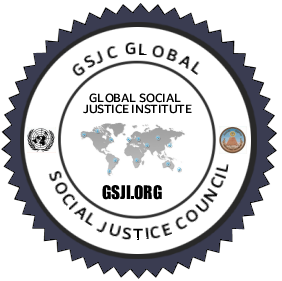GLOBAL SOCIAL JUSTICE INSTITUTE
The overall objectives of the Convention are to prevent acts of torture and other acts prohibited under the
Convention and to ensure that effective reme- dies are available to victims when such acts occur. More
specifically, the Con- vention requires States parties to take preventive action against torture such as the
criminalization of acts of torture and the establishment of laws and regu- lations to promote respect for human
rights among its public servants for both the alleged victim and the accused.
| ||
Virus Justice Italian Freedom Day J23 History of Racism Book-HR Join Commission Ethics Badges Site Map Education Policy Agenda Top Social Justice Issues Anti Slavery Book Truth and Justice Commission USA Ethnic Justice Truth and Justice Commission * Anti Slavery Society - Election Intrigrity George Mentz Colorado Springs Coronavirus Biden Fault Negligence |
Accreditation Bodies: www.GAFM.com * www.GAFM.org * www.CertifiedProjectManager.eu * www.AAFM.org * Certified Project Manager * Certified e-Commerce Consultant * Royal Law Society * Royal Business Society * Royal Business College * Royal Fellows * Royal Economics Academy * Oxford Law School * AAFM * Certified International Project Manager *

